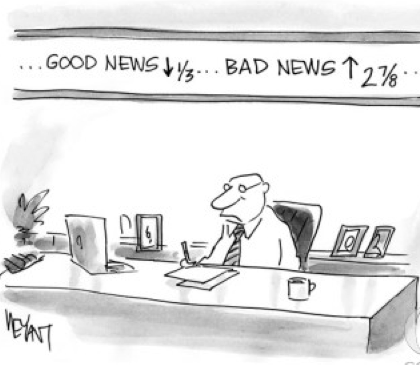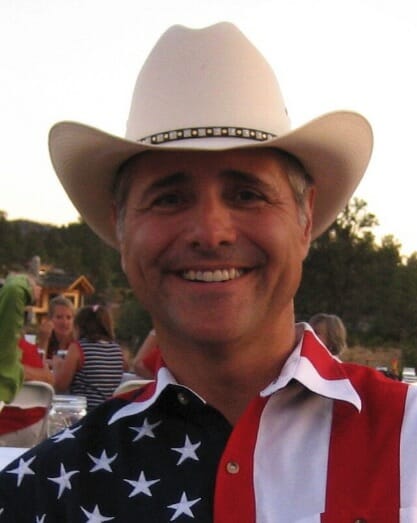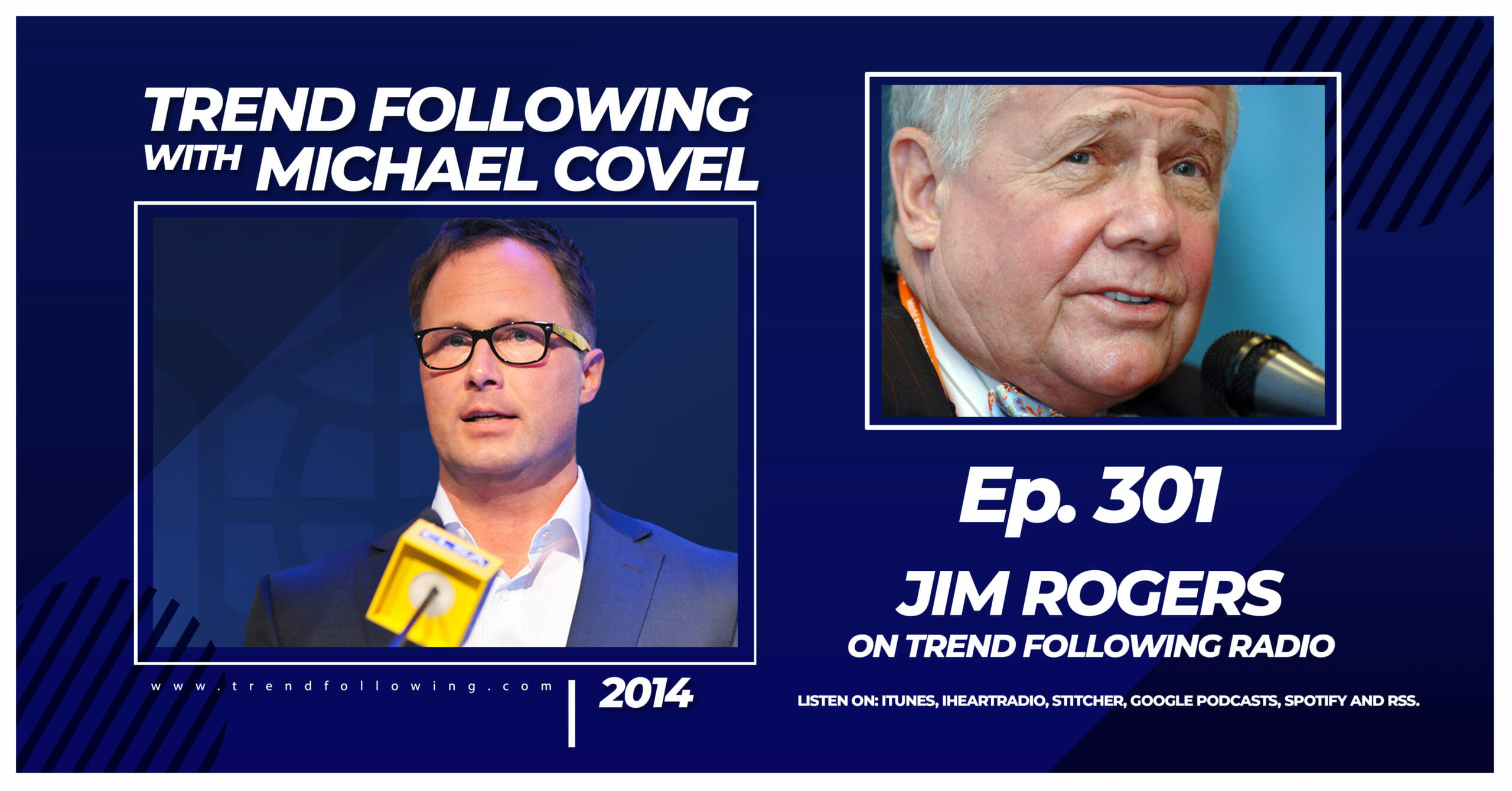
[Trend Following] fills a void in a marketplace inundated with books about buying low and selling high, index investing, and all other types of fundamental analysis, but lacking any resource or, for that matter, practically any reference to what I believe is the single best strategy to consistently make money in the markets. That strategy is known as trend following. Author Van Tharp has described it succinctly:
“Let’s break down the term ‘trend following’ into its components. The first part is ‘trend.’ Every trader needs a trend to make money. If you think about it, no matter what the technique, if there is not a trend after you buy, then you will not be able to sell at higher prices … ‘following’ is the next part of the term. We use this word because trend followers always wait for the trend to shift first, then ‘follow’ it.”
Trend following trading seeks to capture the majority of a market trend, up or down, for profit. It aims for profits in all major asset classes—stocks, bonds, currencies, and commodities. Unfortunately, however simple the basic concepts about trend following are, they have been widely misunderstood by the public. My desire to correct this state of affairs is what, in part, launched my research. I wanted to be as objective as possible, so I based my writing on all available data:
• Trend followers’ month-by-month performance histories
• Trend followers’ published words and comments over the last 30 years
• News accounts of financial disasters
• News accounts of the losers in those financial disasters
• Charts of markets traded by trend followers
• Charts of markets traded by losers in the financial disasters
If I could have written books comprising only numbers, charts, and graphs of trend following performance data, I would have. However, without any explanation, few readers would have appreciated the ramifications of what the data alone showed. Therefore, my approach to writing Trend Following became similar to the one Jim Collins describes in his book Good to Great, in which a team of researchers generated questions, accumulated data in their open-ended search for answers, and then energetically debated it.
However, unlike Collins who was writing about generally well known public companies, trend followers form a sort of underground network of relatively unknown traders who, except for an occasional article, the mainstream press has virtually ignored. What I have attempted to do is lift the veil, for the first time, on who these enormously successful traders are, how they trade, and what is to be learned from their approach to trading that we might all apply to our own portfolios.
Trend Following challenges much of the conventional wisdom about successful trading and traders. To avoid the influences of conventional wisdom, I was determined to avoid being influenced by institutionalized knowledge defined by Wall Street and was adamant about fighting “flat earth” thinking. During my research, starting with an assumption and then finding data to support it was avoided. Instead, questions were asked and then, objectively, doggedly, and slowly, answers were revealed.
If there was one factor that motivated me to work in this manner, it was simple curiosity. The more I uncovered about trend followers, the more I wanted to know.
—
Feedback from a listener:
Hi Michael.
I’ve been listening to your awesome podcast for a few months now and it has intrigued me quite a lot. Thank you so much for putting it up out there.
I never really thought about money before. I’m one of those suckers who has been keeping the money in the bank, too skeptical of financial advisers, too afraid and ignorant of the stock markets. At some point obviously I started to realize that I needed to be in control of my savings and start planning my future. I’ve been reading a lot about the markets, but nothing makes as much sense as your words.
Despite understanding your message (at least I think I do), I actually don’t know how to exactly implement that way of thinking on a personal strategy. I am a dentist living in London, 2 small kids at home, so not a lot of time on my hands. I have been putting some of my savings on a buy and hold strategy with Vanguard equity funds. But without a doubt I am dependent on market timings and on the hope things will always “get better.” And that doesn’t seem to be very sensible.
So, I am contacting you in the hope you could help me to have some more clues on how to start on a trend following strategy that could fit my circumstances.
With great admiration,
[Name]
My father is a dentist. I feel a kinship! Good news and bad news: Good? Trend following can help anyone. Bad? Need to do some prep. Here are some starters: Start Now and an Intro Video.
How can you move forward immediately to Trend Following profits? My books and my Flagship Course and Systems are trusted options by clients in 70+ countries.
Also jump in:
• Trend Following Podcast Guests
• Frequently Asked Questions
• Performance
• Research
• Markets to Trade
• Crisis Times
• Trading Technology
• About Us
Trend Following is for beginners, students and pros in all countries. This is not day trading 5-minute bars, prediction or analyzing fundamentals–it’s Trend Following.


